
Do you think you know European history? Well, think again! We’ve all heard the stories. Some of them are too good (or strange) to be true. You might be surprised to learn how many popular misconceptions about Europe’s past have been totally debunked. So, let’s look at ten myths that are still hanging around and give them the boot.
The Middle Ages Were A Dark Age

The term “Dark Ages” often conjures images of ignorance and stagnation, but the Middle Ages were far from devoid of progress. In fact, the period saw remarkable innovations in architecture, philosophy, and education, especially with the rise of universities in the 12th century.
Napoleon Was Short
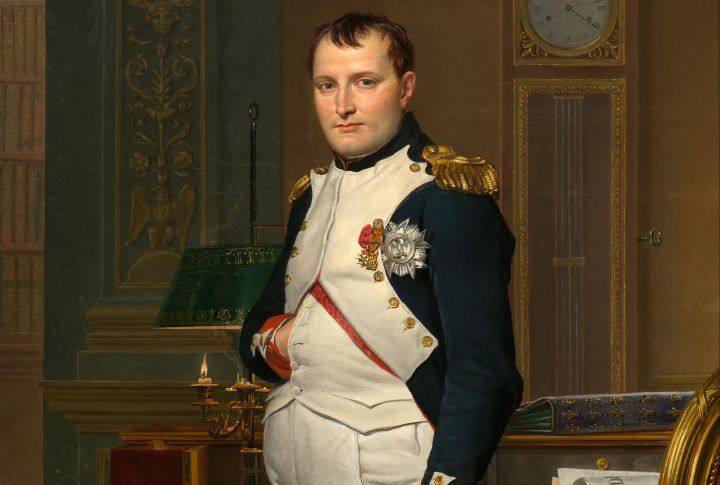
Let’s set the record straight about Napoleon’s height. Standing at 5’6″, he was an average height for his era. The misinterpretation of his height came from confusion between French and British measurement systems, where his recorded height of 5 feet 2 inches in French units (about 5’6″ in British inches) was mistaken for the shorter British equivalent.
Vikings Wore Horned Helmets

No horned helmets for the Vikings! While modern depictions show these fierce warriors with elaborate, horned headgear, Viking helmets were simple, rounded caps designed for battle. The idea likely stems from 19th-century artists and Wagner’s operas, not history. They were practical, not theatrical.
Christopher Columbus Discovered America

It’s a widely held belief that Christopher Columbus discovered America. However, long before Columbus’s 1492 voyage, Norse explorer Leif Erikson reached North America, establishing settlements in what is now Canada around the year 1000. Columbus’s voyages, however, opened the doors to European colonization.
The French Revolution Was Just About The Poor
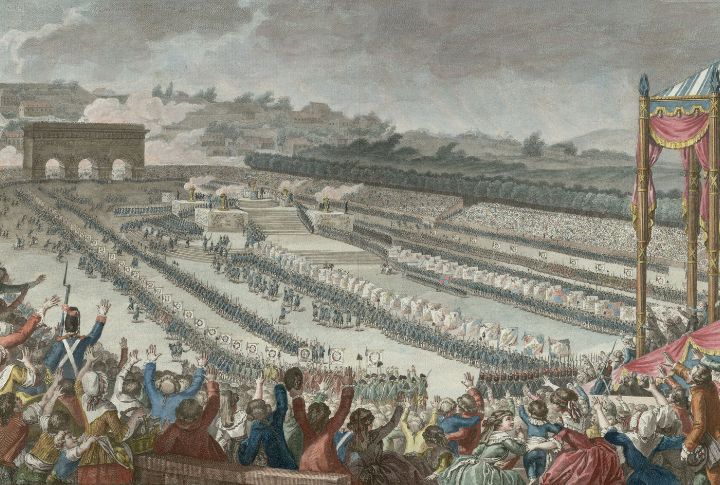
The French Revolution wasn’t solely about class warfare. Sure, the poor were dissatisfied, but it also involved rising middle-class political power and the influence of Enlightenment ideas. Think about the power struggles between aristocrats and the monarchy, with intellectuals like Rousseau fueling the flames.
The Roman Empire Fell In 476 AD
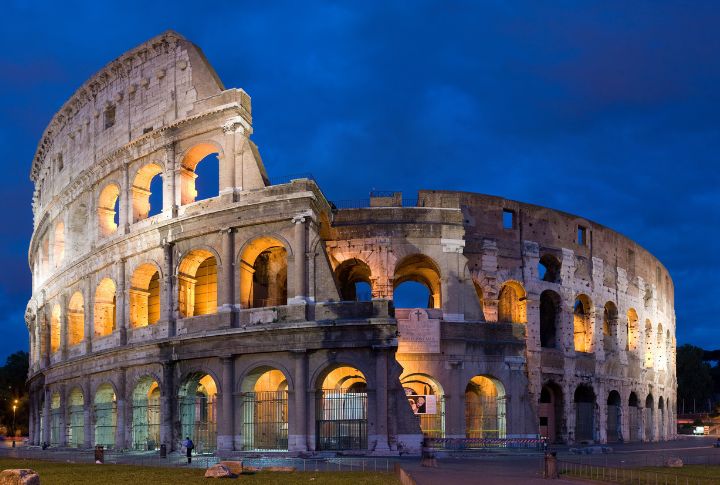
Historians often cite 476 AD as the fall of the Roman Empire, but this oversimplifies a long decline. By the 5th century, Rome had been weakening for centuries, facing invasions and economic issues. The empire’s fragmentation was gradual, not a single event.
The Inquisition Was Solely About Burning Heretics
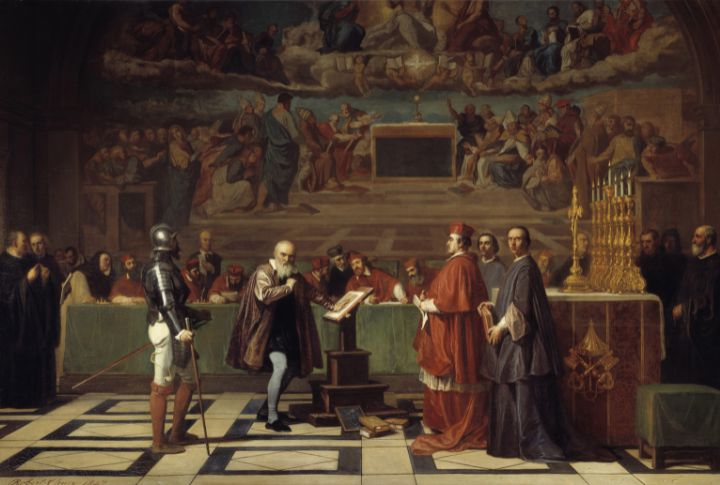
The Inquisition wasn’t all about burning heretics at the stake, as dramatized. It was primarily a church-led effort to identify and correct heresy through questioning and confessions. While some executions did occur, the real focus was on getting people to repent or face church-sanctioned penalties.
Marie Antoinette Said, “Let Them Eat Cake”
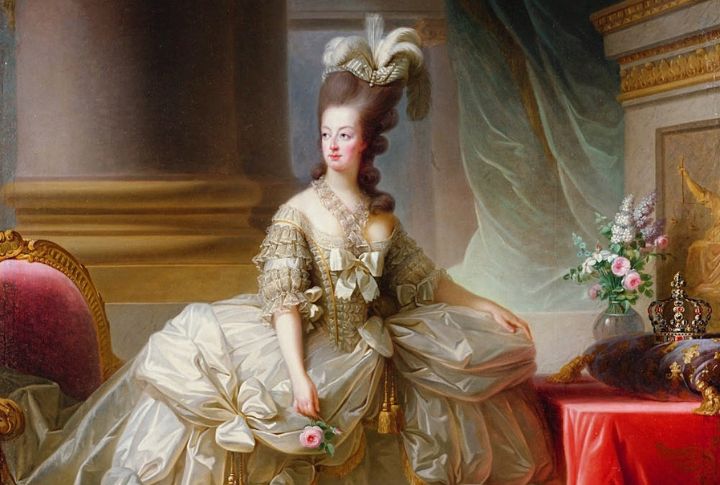
Elisabeth Louise Vigee Le Brun/Wikimedia Commons
The infamous “Let them eat cake” quote is a complete fabrication. There’s no evidence Marie Antoinette ever uttered those words. It was a piece of revolutionary propaganda designed to paint her as out of touch with the suffering of the French people. It’s a lie that stuck through the centuries.
The Great Fire Was Caused By A Baker’s Oven
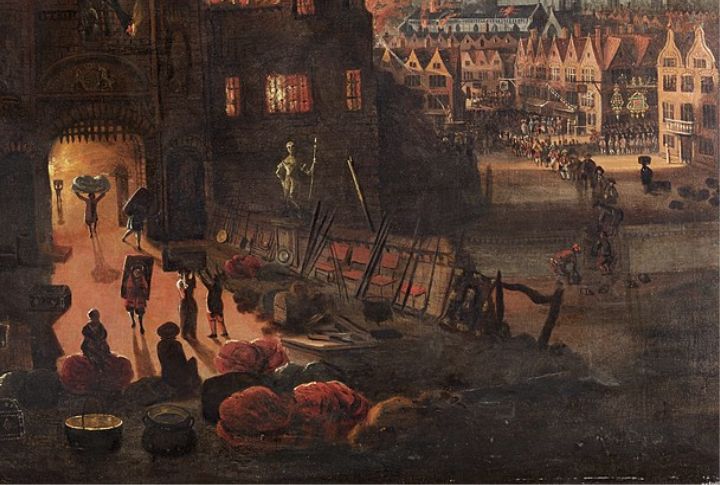
So, you think the Great Fire of London started with a baker burning his toast? Not quite! It began in Thomas Farriner’s bakery on Pudding Lane when an oven fire ignited, but the blaze grew out of control due to dry weather, tightly packed wooden buildings, and a city unprepared for fire safety.
The Spanish Armada Was Affected By A Storm
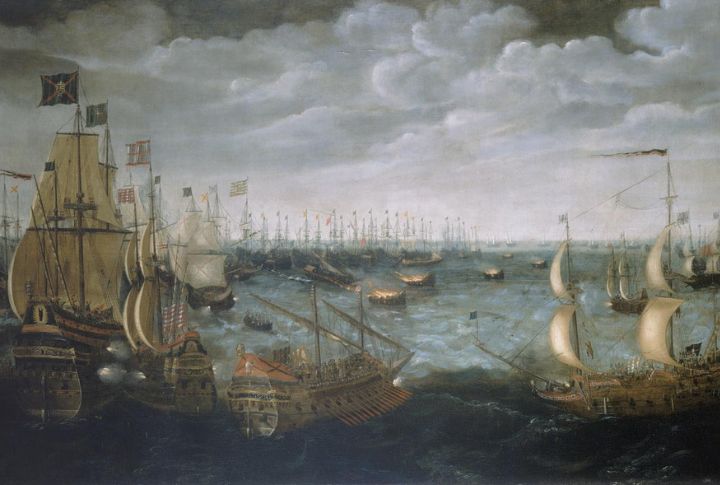
Sure, the weather swooped in and wreaked havoc on Spain’s fleet, but don’t be fooled. The real reason the Armada flopped was England’s sharp, fast-moving navy. The English ships were smaller and more maneuverable, making them perfect for hit-and-run tactics.

